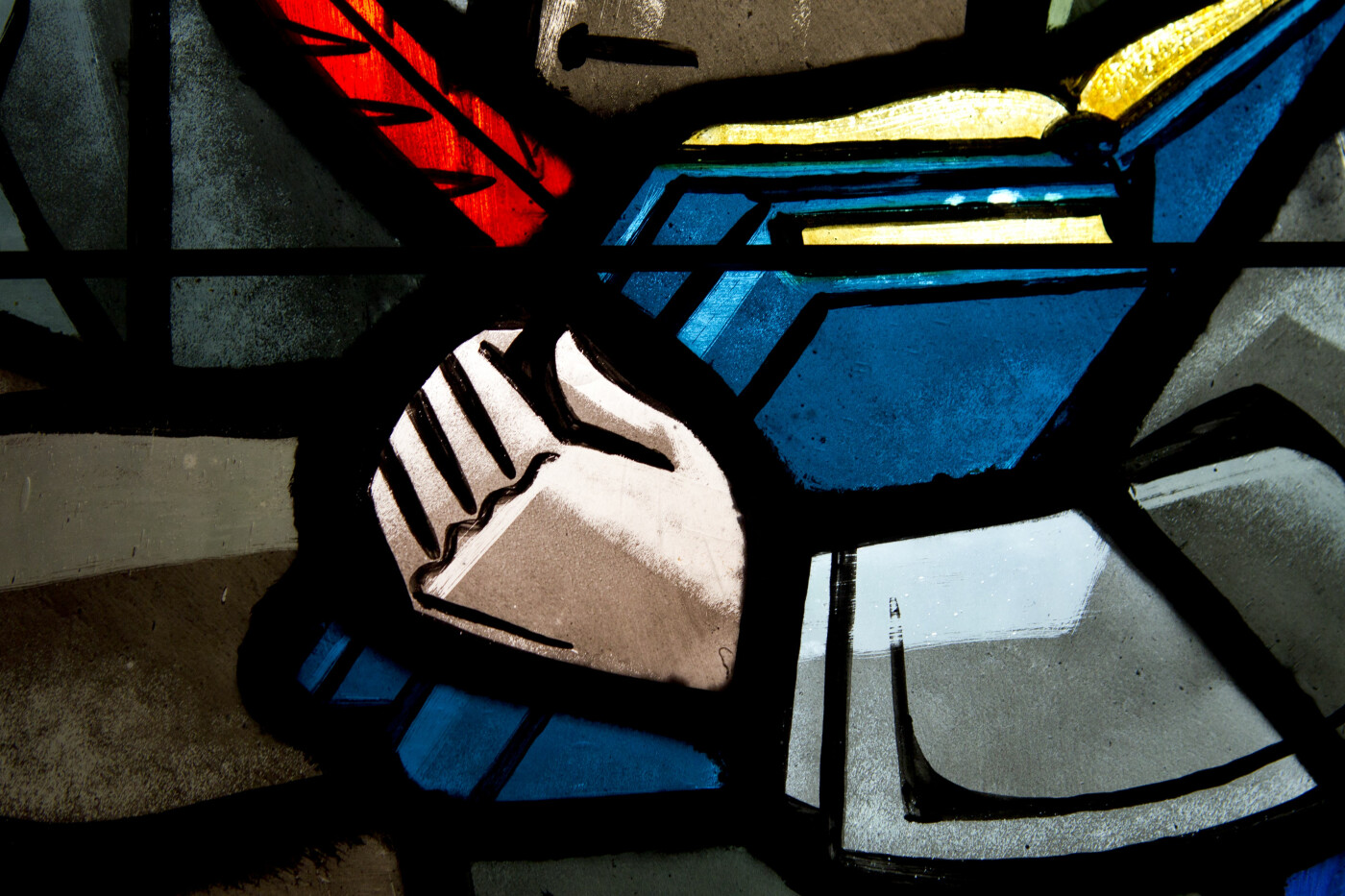Theology Matters: God the Father: How Was This Revelation Handed Down to Us?
"God is always bigger than the boxes we build for God, so we should
not waste too much time protecting the boxes." - Richard Rohr
The complexity of God exceeds our capacity for understanding. Even in an age of advanced scholarship and information systems, we still rely on metaphors to generate an understanding of that which defies explanation, God. Any improvement we have experienced in this realm is connected to our ability to cultivate better metaphors or
explanations of those metaphors we still use and cherish.
The origin of God as 'Father' is uncertain, although it is undoubtedly pre-Christian. The scriptures tell us that we (humans) are made in God's image which supports descriptions that liken God to Mother or Father. In contrast, Numbers 23:19 reminds us that God is not human. Yet, parental images would be universally understood. Even as some struggle with their own relationship with their own father or mother,
they can often consider this description of God in terms of what an ideal Mother or Father would be to a child. Further yet, these images conjure an array of characteristics we attribute to God, protector, care-giver, support, all framed in love that knows no bounds.
The image of God as Father (and Mother) emerges throughout scripture. The prophets of the Hebrews scriptures offer numerous examples, perhaps most notably:
"For you are our father,
though Abraham does not know us
and Israel does not acknowledge us;
you, O Lord, are our father;
our Redeemer from of old is your name." (Isaiah 63:16)
And for good measure:
"For a long time I have held my peace,
I have kept still and restrained myself;
now I will cry out like a woman in labor,
I will gasp and pant." (Isaiah 42:14)
Of course, the image of God as Father emerges more fully as Jesus arrives and walks among us. The vast majority of scriptural references can be found in the Gospels, as Jesus seeks to offer understanding of God. The emphasis here is such, that if we are
considering how the image of God as 'Father' is formed in Christendom, everything else will pale in comparison. Jesus depicts God as heavenly Father, caring for all creation. Jesus also expounds on this image, referencing God Almighty as "my Father" or "my Father in heaven." Here, I believe I have often been distracted in
contemplating the connection between 'Father' and 'Son' as parts of the Trinity, rather than considering the nature of the Trinity to be realized by relationship itself.
The revelation of God as 'Father' continues prominently through Church history. Given the prominence of the metaphor throughout Jesus teaching, it is no wonder that our early Church Fathers continue this line of thinking. Our Creeds explore the notion of God as 'Father,' although in a far more limited capacity than they speak to the other
persons of the Trinity. The Nicene Creed begins,
"We believe in one God,
the Father, the Almighty,
maker of heaven and earth,
of all that is, seen and unseen."
This represents a mere nine percent of the creed, whether counted as words or
characters. One could argue that the Father is also characterized in relationship to 'Son' and 'Holy Spirit' later in the creed. If we are to include those references we may reach 14 percent. Indeed, even with very few words the Father is attributed a great deal in the Creed.
Perhaps then, we return to the universal nature of this metaphor to see both how it is revealed to us and how it is to be understood. It is not surprising the human history is full of examples of how God is likened to a Father, it the most perfect Fatherhood we might imagine.
It is not surprising that this imagine withstands the tests of timenand continues to expand for us still today. Even Thomas Aquinas, known for his great theological insight, much of which was captured in his 'Summa Theolgica' noted that he had "not yet begun to understand 'God the Father'. So, if you are still developing your understanding, you are in good company.


